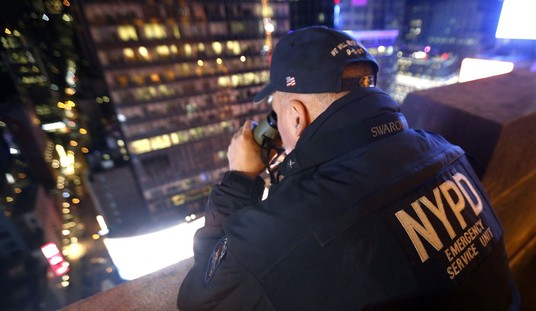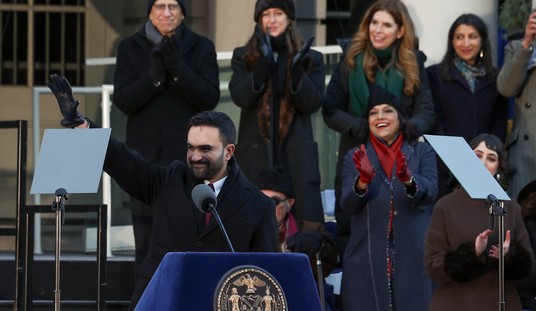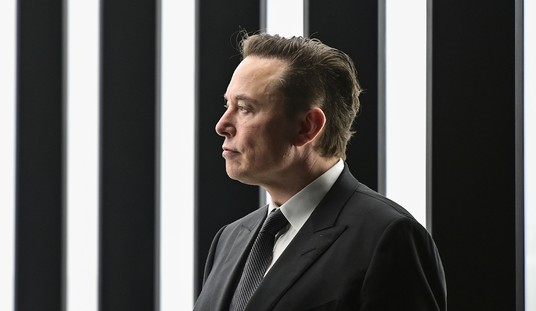About 15 years ago or so, I was working for another media outlet, and I was asked if I could spend some weeks in Charleston, South Carolina. I jumped at the opportunity. Not only was the assignment going to pay well, but I will always find any excuse I can to travel, even if it's just a road trip to a neighboring state. My little cousin had just lost his job and asked if he could tag along, so I hired him to be my "assistant." We loaded up my car, dropped my dogs off with my parents, and sat out for the first of several trips to the Holy City.
Neither of us had been there before, but from the moment we got off the interstate, we were in love. If you've ever been to Charleston, you may understand the feeling. It's a beautiful city that is rich with all historic old buildings, Southern charm, and coastal vibes one could ask for. Since then, I've returned many, many times. I'll actually be back there in a few weeks. When I'm there, one of my favorite things to do is visit the old plantation sites.
I'm sure someone somewhere is offended by the very thought of it, but I'd encourage them to go visit for themselves. These spaces preserve history and present a well-rounded educational experience that doesn't glorify nor turn a blind eye to the sins of past. They preserve the natural beauty of this part of the South Carolina lowcountry, and they have something for visitors of all ages. They also sell unique products in their gift shops, such as the only tea grown on a large-scale commercial farm in the United States.
History is fun when tea is involved! #charlestonteagarden #explorecharleston
— Charleston Tea Garden (@charleston_tea) January 18, 2021
📸:@travelbybrit pic.twitter.com/xbAdfy0cG3
While there are some small tea farms across the U.S. in states including Oregon, Hawaii, Alabama, and Louisiana, the only place in the country where Camellia sinensis — the plant from which we harvest non-herbal teas such as black, oolong, white, yellow, and green — is cultivated on a larger scale is at the Charleston Tea Garden.
Located on Wadmalaw Island, one of the Sea Islands that form a barrier between the southeastern U.S. mainland and the Atlantic Ocean, the Charleston Tea Garden sits on 127 unspoiled acres of land and "cultivates over 320 varieties, producing nine unique flavors, including the beloved American Classic Tea — the only tea in the world made entirely from U.S.-grown leaves." Today, it's owned by the Bigelow Tea family, but it has quite a history.
During the 18th century, French botanist André Michaux brought the Camellia sinensis to the United States, and it was planted at Henry Middleton's plantation. (By the way, if you're touring historic plantations in South Carolina, I highly recommend Middleton Place. It's one of my favorites.). For years, centuries even, men attempted to grow and establish tea companies in Georgia and South Carolina, but success, if it happened at all, was short-lived. Here's a summary of that history from Sciway:
By 1848, tea plants were being grown the state over – including Greenville County, where Dr. Junius Smith attempted to produce it commercially on his plantation, Golden Grove. Smith's attempt was successful, but it ended abruptly when he was shot to death in 1853.
South Carolina's second attempt to grow tea commercially came in 1874, but it too was doomed. Dr. Alexis Forster planted a crop on his Georgetown plantation, Friendfield. Just a few years later, however, he was killed when his buggy flipped over as he attempted to flee a group of bandits.
About a decade after Dr. Forester's death, in 1888, Dr. Charles Shepard founded the Pinehurst Tea Plantation near the site of Michaux's original planting, in Summerville, South Carolina. A variety of tea known as Oolong was Pinehurst's claim to fame, and it even won first prize at the 1904 World's Fair. Sadly, like its predecessors, Pinehurst remained prosperous only until the death of its owner, in 1915.
The tea growing at Pinehurst was important however, as it allowed for the creation of the American Tea Growing Company – South Carolina's fourth attempt to grow tea commercially – and its fourth failure.
Early in the 1900s, two men named Major Roswell Trimble and Colonel Augustus C. Tyler transplanted thousands of Pinehurst's tea bushes, carrying them from Summerville to Rantowles, relatively nearby in South Carolina's Lowcountry. Some sources say their venture's ill fate grew from a quarrel between Trimble and Tyler's son. Others say that it was caused by yet another death – Colonel Tyler's in 1903 – and the repeal of the Spanish-American War import tax of ten cents a pound on tea. In either case, by 1907 the company had dissolved.
It wasn't until the 1960s when the Thomas J. Lipton Company "established a research station on Wadmalaw Island," also using plants from Pinehurst. (Fun fact: Thomas J. Lipton himself was an immigrant who sailed to the United States from Glasgow in 1865. At the time, he was just a teenager and couldn't find work in New York, so he spent time in the Charleston area, working as a firefighter, working in the rice fields, and keeping the books for a local plantation. He eventually returned to the United Kingdom to work for his father and start his own business ventures, which led to the tea company we all know today, which was at one time the largest manufacturer of tea in the world.)
For about 25 years, the Thomas J. Lipton Company maintained its operations on Wadmalaw. The heavy rains, subtropical climate, and sandy soil were all part of the perfect environment for growing the plant.
In 1987, Mack Fleming, a horticulture professor and Lipton employee, and Bill Hall, a tea taster and expert from London, teamed up and purchased the property. They created their very own brand, American Classic Tea, which is still grown at the tea garden today. Unfortunately, their partnership dissolved in 2003, and according to Sciway, the land went up for auction. Sadly, developers were eyeing the serene spot.
Find new adventures this new year! #charlestonteagarden #explorecharleston
— Charleston Tea Garden (@charleston_tea) January 15, 2021
📸: @nurturingadventure pic.twitter.com/dDkqj9oiqk
You see, Wadmalaw is "one of the area’s most untouched islands," and has been since it was "first claimed for England in 1666 by Captain Robert Sanford." According to the Charleston Tea Garden website, "Today, it remains protected from commercial development, preserving its natural beauty. The island’s only connection to the mainland is a single bridge over Church Creek, making it a truly special destination."
That's thanks to the fact that Hall partnered with the Bigelows, who bought the property with the goal "to preserve and celebrate American-grown tea, transforming the Garden into a vibrant destination for tea lovers and history enthusiasts alike." They've also worked to expand and modernize production. Sadly, Hall died in 2022, but the Bigelow family is still carrying out the mission. Today, you can visit the place, tour the grounds, learn about the island and the plantation's rich history and nature, and discover what goes into making tea. It's really a fun experience if you're into nature and history.
Here's another fun fact: If you ever visit the White House and have a cup of tea, you can reassured knowing it was grown right here in the U.S. American Classic Tea, the brand created by Fleming and Hall, is the official tea of the White House, and has been for over three decades.
American Classic Tea is also available in many specialty shops — there's a location finder on the Charleston Tea Garden website, and I just looked for the Atlanta area and saw dozens of options. I'm not sure if they still carry it, but at one time you could also buy it in select Walmart and Sam's Clubs stores in South Carolina. Of course, you can also buy it online or by taking a little trip to Charleston and visiting for yourself. For what it's worth, my mom was always a big fan of the peach flavor when I'd bring it home to her after my travels.










